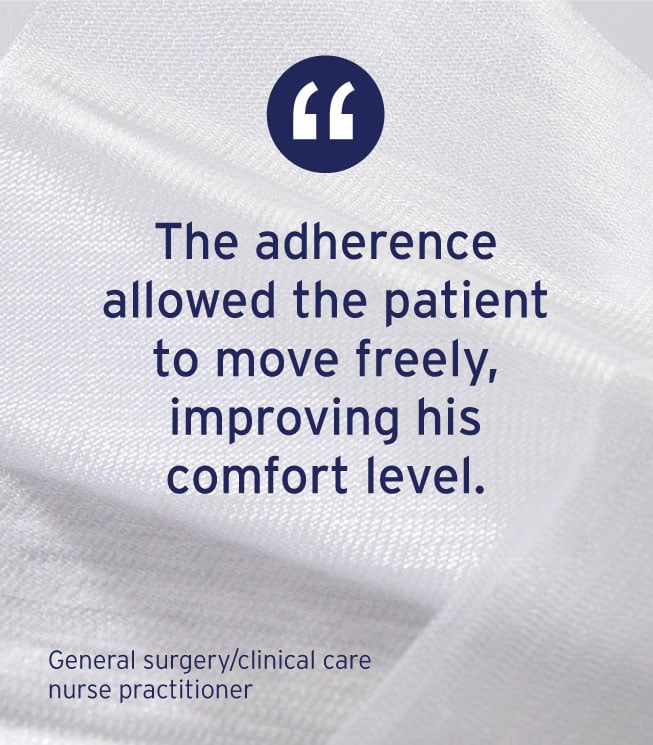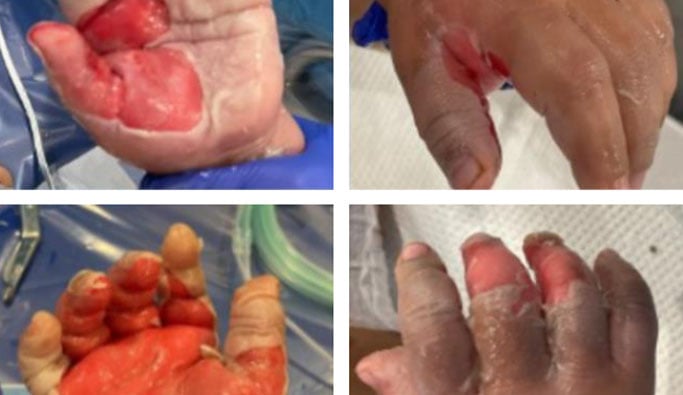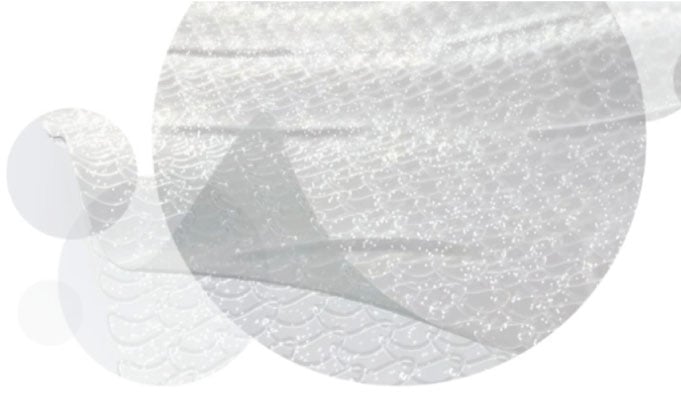Top 3 Considerations for Pediatric Wound Care: How PermeaDerm Can Help
Every pediatric healthcare provider has experienced the challenge of treating young patients who are naturally inclined to pick at or remove wound dressings. Early removal may lead to complications, delayed healing, and increased risk of infection. Additionally, dressing changes may be painful and traumatic, potentially leading to anxiety and resistance to follow-up care.
Careful selection of primary and secondary wound dressings, as well as wound matrix solutions, can help withstand the physical demands of active pediatric patients and support successful healing outcomes. Below, we discuss three essential considerations for pediatric wound care dressings and how the PermeaDerm biosynthetic wound matrix can meet these needs.
3 key considerations for pediatric wound care products
When selecting the best wound management solution for pediatric patients, it’s important to consider wound characteristics and patient-specific factors like age, activity level, and behavioral tendencies.
1. Patient mobility and activity
Children are naturally active, which poses unique challenges for wound dressings that need to stay securely in place throughout healing. It’s beneficial to choose dressings that offer flexibility and durability to accommodate a child’s movements without restricting daily activities, such as bathing.
Dressings that can stretch and adapt to motion may reduce the risk of premature removal. The PermeaDerm biosynthetic wound matrix is both flexible and adherent, even on joints, making it an ideal solution for active young patients. Once adhered, PermeaDerm can remain open to air, eliminating the bulk and discomfort of additional outer dressings.
2. Reliable adherence for patient compliance
Children may tamper with dressings, potentially exposing the wound to contaminants. Dressings with strong adherence can help mitigate this issue.
Consider dressings with transparent, breathable films that stay secure even when exposed to moisture, allowing caregivers to monitor wounds without removal. PermeaDerm quickly adheres to the wound surface and remains transparent, providing at-a-glance wound assessment. Its permeability allows the exchange of oxygen and carbon dioxide, promoting oxygenation which is critical for wound healing.
3. Pain avoidance during dressing changes
Pain and discomfort during dressing changes can cause anxiety in young patients, which may hinder consistent care. The PermeaDerm biosynthetic wound matrix is designed to not be reapplied. It will adhere to the wound bed in a single application, cover nerve endings, and peel away from healed skin, making dressing changes less disruptive and reducing trauma to the wound site.
Choosing the right wound healing products for pediatric patients
Pediatric wound care requires a thoughtful approach, accounting for the developmental and behavioral needs of young patients who may struggle with aftercare. Prioritizing dressings that support patient mobility, comfort, and secure adherence can help healthcare providers optimize healing outcomes and support families in maintaining wound care protocols. PermeaDerm offers these advantages, making it an excellent choice for pediatric wound management.





